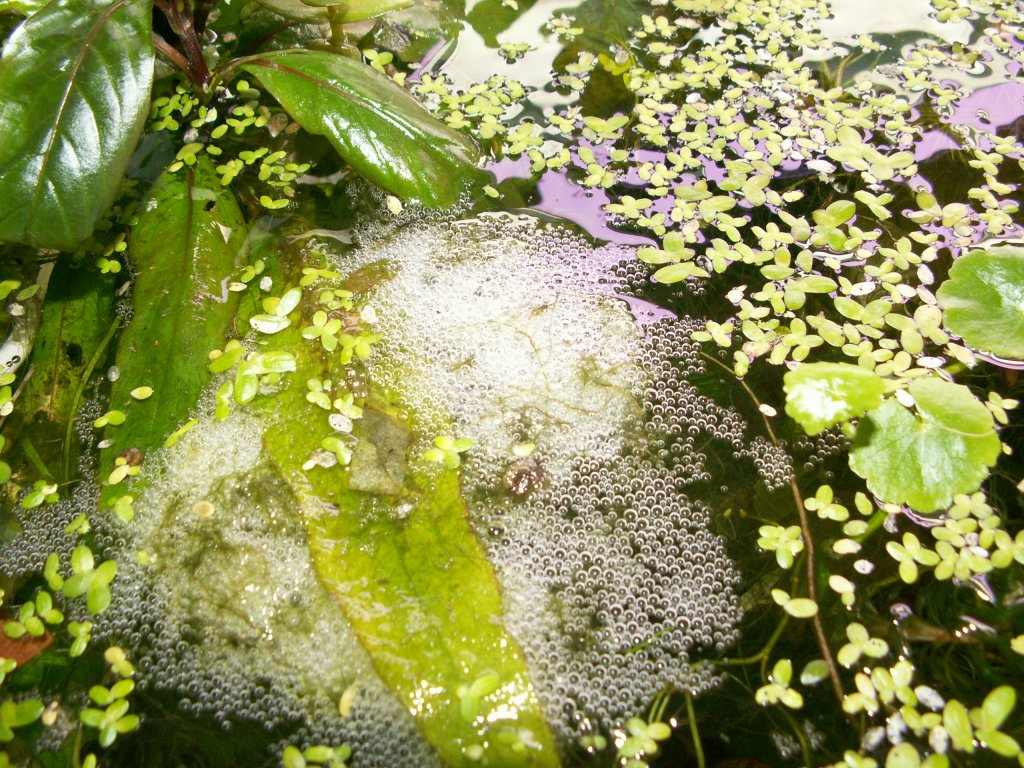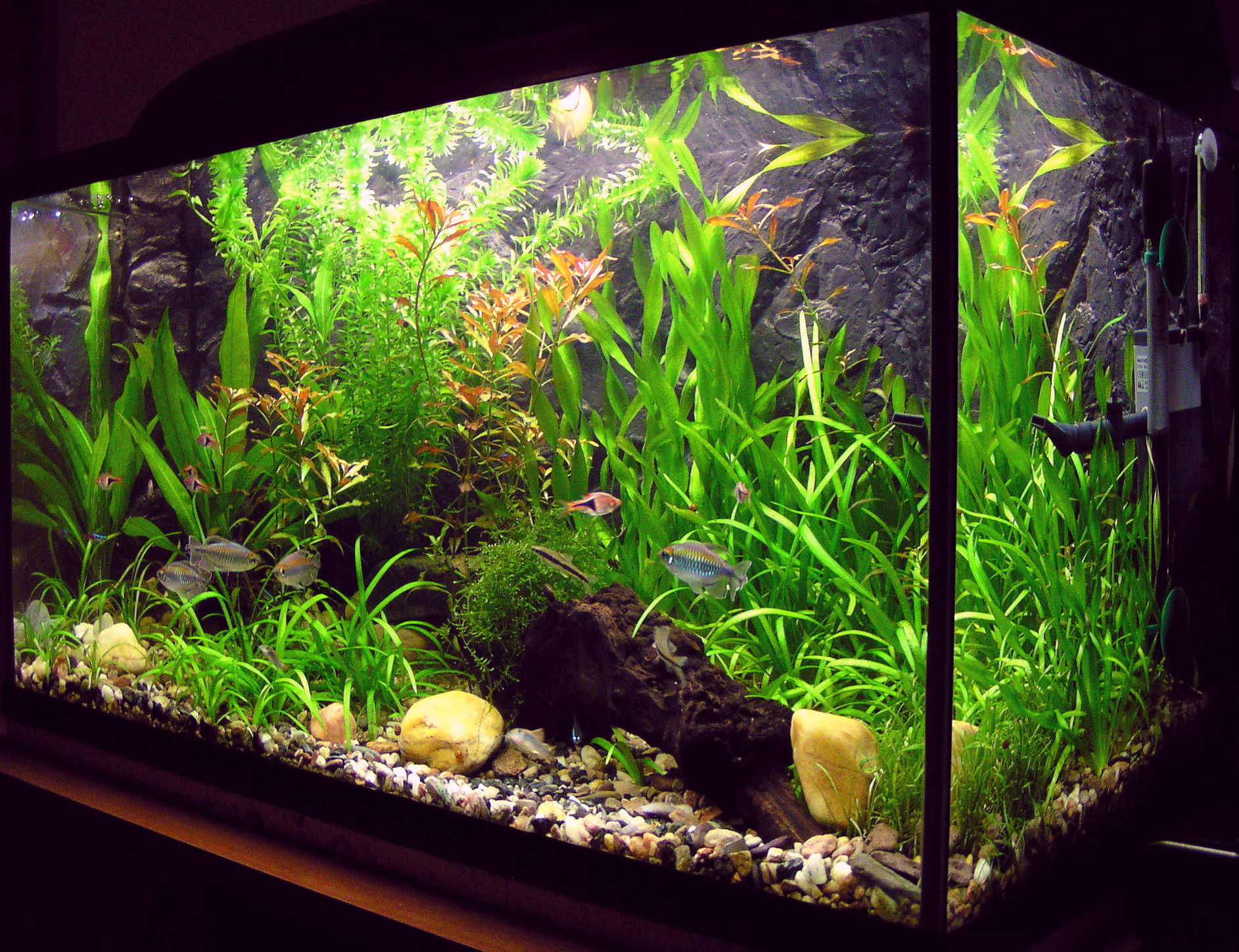|
Betta
''Betta'' is a large genus of small, active, often colorful, freshwater ray-finned fishes, in the gourami family (biology), family (Osphronemidae). The best known ''Betta'' species is ''B. splendens,'' commonly known as the Siamese fighting fish and often kept as an aquarium pet. Characteristics All ''Betta'' species are small fishes, but they vary considerably in size, ranging from under 2.5 cm (1 in) total length in ''B. chanoides'' to 14 cm (5.5 in) in the Akar betta (''B. akarensis''). Bettas are anabantoids, which means they can breathe atmospheric air using a unique organ called the labyrinth organ, labyrinth. This accounts for their ability to thrive in low-oxygen water conditions that would kill most other fish, such as Paddy field, rice paddies, slow-moving Stream, streams, drainage ditches, and large Puddle, puddles. The bettas exhibit two kinds of spawning behaviour: some build bubble nests, such as ''B. splendens'', while others are mouthbrood ... [...More Info...] [...Related Items...] OR: [Wikipedia] [Google] [Baidu] |
Siamese Fighting Fish
The Siamese fighting fish (''Betta splendens''), commonly known as the betta, is a freshwater fish native to Southeast Asia, namely Cambodia, Laos, Myanmar, Malaysia, Indonesia, Thailand, and Vietnam. It is one of 76 species of the genus '' Betta,'' but the only one eponymously called "betta", owing to its global popularity as a pet; ''Betta splendens'' are among the most popular aquarium fish in the world, due to their diverse and colorful morphology and relatively low maintenance. Betta fish are endemic to the central plain of Thailand, where they were first domesticated at least 1,000 years ago, among the longest of any fish. They were initially bred for aggression and subject to gambling matches akin to cockfighting. Bettas became known outside Thailand through King Rama III (1788–1851), who is said to have given some to Theodore Cantor, a Danish physician, zoologist, and botanist. They first appeared in the West in the late 19th century, and within decades became popu ... [...More Info...] [...Related Items...] OR: [Wikipedia] [Google] [Baidu] |
Betta Picta
The spotted betta or Java fighting fish (''Betta picta'') is a species of gourami endemic to Indonesia where it inhabits relatively cool, 22‒25 °C (72‒75 °F), highland streams of Java. In 1967, D. S. Johnson reported the species to be common in blackwaters of southern Malaya. Of largely unremarkable ''Betta'' appearance, ''B. picta'' attains an overall length of 6 cm (2.4 in). It is noted for the pale bars on the male's back, absent in other similar ''Betta'' species. Mouthbrooders, spotted bettas spawn ''en masse'' when triggered by water changes; this is likely to be an adaptation to reduce the chances, by saturating the environment with young, of individual fry falling prey to predators. This betta spawns readily and prolifically in captivity, producing easily raised fry. Even though it is easily kept and bred, it is not one of the more popular ''Betta'' species among hobbyists, likely because, in the words of one ''B. picta'' keeper, "ma ... [...More Info...] [...Related Items...] OR: [Wikipedia] [Google] [Baidu] |
Penang Betta
The Penang betta (''Betta pugnax'') is a species of gourami native to Southeast Asia and common in swiftly flowing forest streams of the Malay Peninsula, Thailand, Sumatra, and the Riau Islands. In addition to its native range, the species has been introduced to Guam. It can be found amongst the vegetation growing along the banks. This species can reach a length of SL. It is one of the mouthbrooding ''Betta'' species. This species, as a natural predator of mosquito larvae, has found use in mosquito control efforts. Prior to its being eclipsed in Western public recognition by the mass-imported ''B. splendens'' (the Siamese fighting fish The Siamese fighting fish (''Betta splendens''), commonly known as the betta, is a freshwater fish native to Southeast Asia, namely Cambodia, Laos, Myanmar, Malaysia, Indonesia, Thailand, and Vietnam. It is one of 76 species of the genus '' Bet ...), ''B. pugnax'' was well known as a fighting fish, as denoted by the specific epithet of '' ... [...More Info...] [...Related Items...] OR: [Wikipedia] [Google] [Baidu] |
Bubble Nest
Bubble nests, also called foam nests, are created by some fish and frog species as floating masses of bubbles blown with an oral secretion, saliva bubbles, and occasionally aquatic plants. Fish that build and guard bubble nests are known as aphrophils. Aphrophils include gouramis (including ''Betta'' species) and the synbranchid eel ''Monopterus alba'' in Asia, '' Microctenopoma'' ( Anabantidae), ''Polycentropsis'' ( Nandidae), and '' Hepsetus odoe'' (the only member of Hepsetidae) in Africa, and callichthyines and the electric eel in South America. Most, if not all, fish that construct floating bubble nests live in tropical, oxygen-depleted standing waters. Osphronemidae, containing the bettas and gouramis, are the most commonly recognized family of bubble nest makers, though some members of that family mouthbrood instead. The nests are constructed as a place for fertilized eggs to be deposited while incubating and guarded by one or both parents (usually solely the male) until ... [...More Info...] [...Related Items...] OR: [Wikipedia] [Google] [Baidu] |
Betta Albimarginata
''Betta albimarginata'' is a species of betta fish, endemic to the island of Borneo where it is only found in the Indonesian province of Kalimantan Timur. It inhabits the shallows () of forest streams amongst vegetation and debris along the shores. This species grows to a length of . It is a mouthbrooding Mouthbrooding, also known as oral incubation and buccal incubation, is the care given by some groups of animals to their offspring by holding them in the mouth of the parent for extended periods of time. Although mouthbrooding is performed by a va ... species. They are considered endangered under the IUCN red list documentation. References albimarginata Taxa named by Maurice Kottelat Taxa named by Peter Kee Lin Ng Fish described in 1994 {{anabantiformes-stub ... [...More Info...] [...Related Items...] OR: [Wikipedia] [Google] [Baidu] |
Labyrinth Organ
The Anabantoidei are a suborder of anabantiform ray-finned freshwater fish distinguished by their possession of a lung-like labyrinth organ, which enables them to breathe air. The fish in the Anabantoidei suborder are known as anabantoids or labyrinth fish, or colloquially as gouramies (which more precisely refers to the family Osphronemidae). Some labyrinth fish are important food fish, and many others, such as the Siamese fighting fish and paradise fish, are popular as aquarium fish. Labyrinth organ The labyrinth organs, a defining characteristic of fish in the suborder Anabantoidei, is a much-folded supra branchial accessory breathing organ. It is formed by vascularized expansion of the epibranchial bone of the first gill arch and used for respiration in air.Pinter, H. (1986). Labyrinth Fish. Barron's Educational Series, Inc., This organ allows labyrinth fish to take in oxygen directly from the air, instead of taking it from the water in which they reside through use of g ... [...More Info...] [...Related Items...] OR: [Wikipedia] [Google] [Baidu] |
Gourami
Gouramis, or gouramies , are a group of fresh water, freshwater Anabantiformes, anabantiform fish that comprise the family (biology), family Osphronemidae. The fish are native to Asia—from the Indian Subcontinent to Southeast Asia and northeasterly towards Korea. The name "gourami", of Indonesian language, Indonesian origin from Sundanese language, Sundanese word the name "gurame", is also used for fish of the families Helostomatidae and Anabantidae. Many gouramis have an elongated, feeler-like ray at the front of each of their pelvic fins. All living species show parental care until fry are free swimming: some are mouthbrooders, like the Krabi mouth-brooding betta (''Betta simplex''), and others, like the Siamese fighting fish (''Betta splendens''), build bubble nests. Currently, about 133 species are recognised, placed in four subfamilies and about 15 Genus, genera. The name Polyacanthidae has also been used for this family. Some fish now classified as gouramis were previous ... [...More Info...] [...Related Items...] OR: [Wikipedia] [Google] [Baidu] |
Mouthbrooder
Mouthbrooding, also known as oral incubation and buccal incubation, is the care given by some groups of animals to their offspring by holding them in the mouth of the parent for extended periods of time. Although mouthbrooding is performed by a variety of different animals, such as the Darwin's frog, fish are by far the most diverse mouthbrooders. Mouthbrooding has evolved independently in several different families of fish. Mouthbrooding behaviour Paternal mouthbrooders are species where the male looks after the eggs. Paternal mouthbrooders include the arowana, various mouthbrooding bettas and gouramies such as '' Betta pugnax'', and sea catfish such as '' Ariopsis felis''. Among cichlids, paternal mouthbrooding is relatively rare, but is found among some of the tilapiines, most notably the black-chin tilapia '' Sarotherodon melanotheron''. In the case of the maternal mouthbrooders, the female takes the eggs. Maternal mouthbrooders are found among both African and South American ... [...More Info...] [...Related Items...] OR: [Wikipedia] [Google] [Baidu] |
Aquarium
An aquarium (: aquariums or aquaria) is a vivarium of any size having at least one transparent side in which aquatic plants or animals are kept and displayed. fishkeeping, Fishkeepers use aquaria to keep fish, invertebrates, amphibians, aquatic reptiles, such as turtles, and aquatic plants. The term ''aquarium'', coined by English naturalist Philip Henry Gosse, combines the Latin root , meaning 'water', with the suffix , meaning 'a place for relating to'. The aquarium principle was fully developed in 1850 by the chemist Robert Warington, who explained that plants added to water in a container would give off enough oxygen to support animals, so long as the numbers of animals did not grow too large. The aquarium craze was launched in early Victorian era, Victorian England by Gosse, who created and stocked the first public aquarium at the London Zoo in 1853, and published the first manual, ''The Aquarium: An Unveiling of the Wonders of the Deep Sea'' in 1854. Small aquariums are k ... [...More Info...] [...Related Items...] OR: [Wikipedia] [Google] [Baidu] |
Forest
A forest is an ecosystem characterized by a dense ecological community, community of trees. Hundreds of definitions of forest are used throughout the world, incorporating factors such as tree density, tree height, land use, legal standing, and ecological function. The United Nations' Food and Agriculture Organization (FAO) defines a forest as, "Land spanning more than 0.5 hectares with trees higher than 5 meters and a Canopy (biology), canopy cover of more than 10 percent, or trees able to reach these thresholds ''in situ''. It does not include land that is predominantly under agricultural or urban use." Using this definition, ''Global Forest Resources Assessment (FRA), Global Forest Resources Assessment 2020'' found that forests covered , or approximately 31 percent of the world's land area in 2020. Forests are the largest Terrestrial ecosystem, terrestrial ecosystems of Earth by area, and are found around the globe. 45 percent of forest land is in the Tropical forest, trop ... [...More Info...] [...Related Items...] OR: [Wikipedia] [Google] [Baidu] |
Thai Language
Thai,In or Central Thai (historically Siamese;Although "Thai" and "Central Thai" have become more common, the older term, "Siamese", is still used by linguists, especially when it is being distinguished from other Tai languages (Diller 2008:6). "Proto-Thai" is, for example, the ancestor of all of Southwestern Tai, not just Siamese (Rischel 1998). ), is a Tai language of the Kra–Dai language family spoken by the Central Thai, Mon, Lao Wiang, Phuan people in Central Thailand and the vast majority of Thai Chinese enclaves throughout the country. It is the sole official language of Thailand. Thai is the most spoken of over 60 languages of Thailand by both number of native and overall speakers. Over half of its vocabulary is derived from or borrowed from Pali, Sanskrit, Mon and Old Khmer. It is a tonal and analytic language. Thai has a complex orthography and system of relational markers. Spoken Thai, depending on standard sociolinguistic factors such as age, gender ... [...More Info...] [...Related Items...] OR: [Wikipedia] [Google] [Baidu] |




